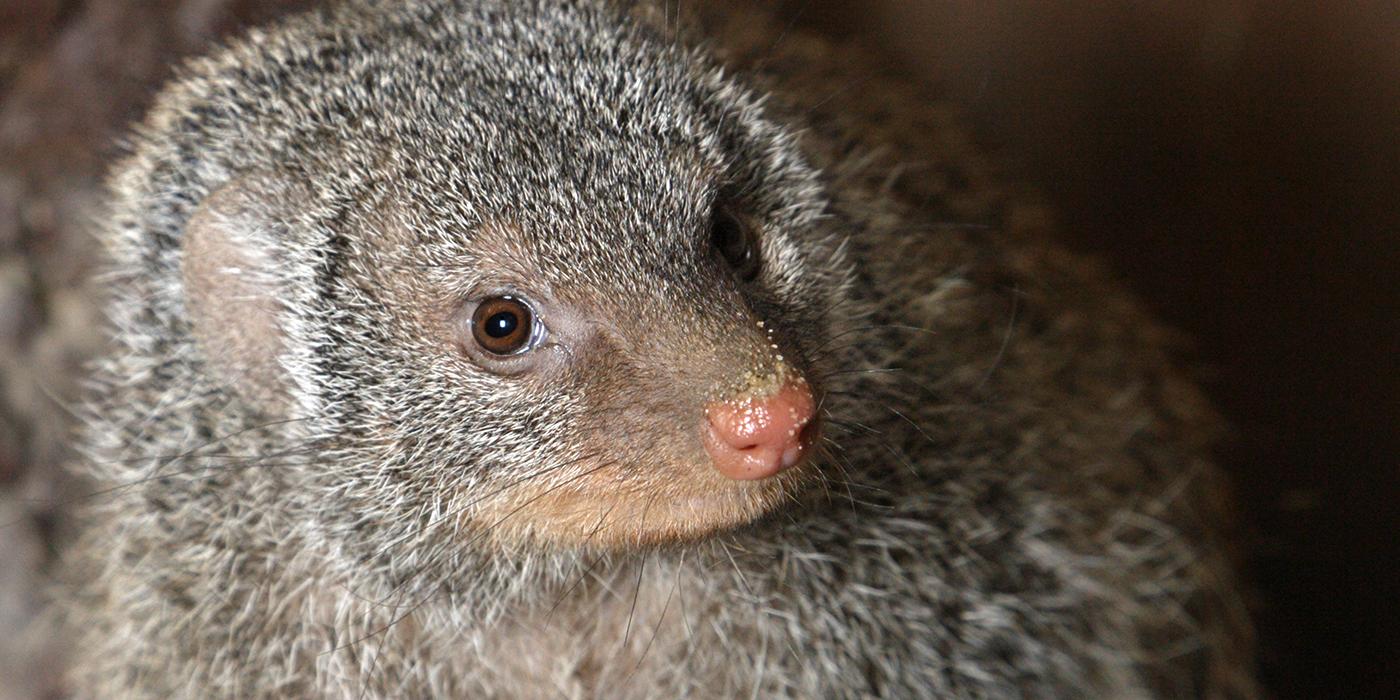
Unveiling the Banded Mongoose: Africa’s Sociable Guardians of the Savanna
In the sun-drenched plains of Africa, amidst the rustling grasses and sprawling acacia trees, roams a creature as fascinating as it is formidable: the Banded Mongoose. With its distinctive markings, complex social structure, and unwavering vigilance, this charismatic carnivore stands as a testament to the resilience and adaptability of wildlife in the African savanna.
Introduction to the Banded Mongoose: The Banded Mongoose (Mungos mungo) is a species of small carnivore native to sub-Saharan Africa. Recognizable by its sleek, slender body and distinctively banded fur pattern, this highly social mammal is renowned for its cooperative behavior and tight-knit family groups, known as troops. Found in a variety of habitats ranging from open grasslands to dense woodlands, banded mongooses are adept hunters and opportunistic foragers, preying on insects, small vertebrates, and occasionally scavenging for carrion.
Physical Characteristics: Banded mongooses are characterized by their slender bodies, short legs, and pointed snouts, which are adapted for probing and digging. Their fur is grizzled gray or brown in color, with dark brown or black bands across their backs and sides, giving them their distinctive appearance. Adults typically measure between 12 to 16 inches (30 to 40 centimeters) in length, with long, bushy tails comprising roughly half of their total body length.

Complex Social Structure: At the heart of banded mongoose society lies a complex web of social interactions and hierarchies, centered around the troop structure. Troops typically consist of 10 to 30 individuals, ranging from closely related family members to unrelated individuals who join forces for mutual protection and resource acquisition. Within the troop, dominance hierarchies are established through ritualized displays and vocalizations, with alpha individuals often leading the group in foraging expeditions and defending territory from rivals.
Cooperative Behavior and Communication: One of the most remarkable aspects of banded mongoose behavior is their cooperative approach to survival. When foraging for food or defending against predators, troop members work together, coordinating their efforts through a series of vocalizations, scent markings, and visual cues. Alarm calls are used to alert the group to potential threats, while submissive gestures and grooming rituals reinforce social bonds and maintain group cohesion.
Ecological Importance: Banded mongooses play a vital role in their ecosystems as both predators and prey. By controlling insect populations and aerating soil through their digging activities, they contribute to ecosystem health and nutrient cycling. Additionally, as prey for larger predators such as birds of prey, snakes, and carnivorous mammals, banded mongooses help sustain higher trophic levels within the savanna food web.

Conservation Status and Threats: While banded mongooses are not currently considered endangered, they face a range of threats to their survival, including habitat loss, human-wildlife conflict, and disease. Habitat fragmentation due to agricultural expansion and urbanization poses a significant risk to banded mongoose populations, limiting their access to resources and increasing their vulnerability to predation and persecution.
Conclusion: The banded mongoose, with its intricate social structure, cooperative behavior, and adaptability, stands as a testament to the resilience of wildlife in Africa’s savannas. As stewards of these iconic landscapes, it is our responsibility to protect and preserve banded mongoose habitats, ensuring that these sociable guardians of the savanna continue to thrive for generations to come. Through conservation efforts and sustainable land management practices, we can secure a brighter future for banded mongooses and the diverse ecosystems they call home.





